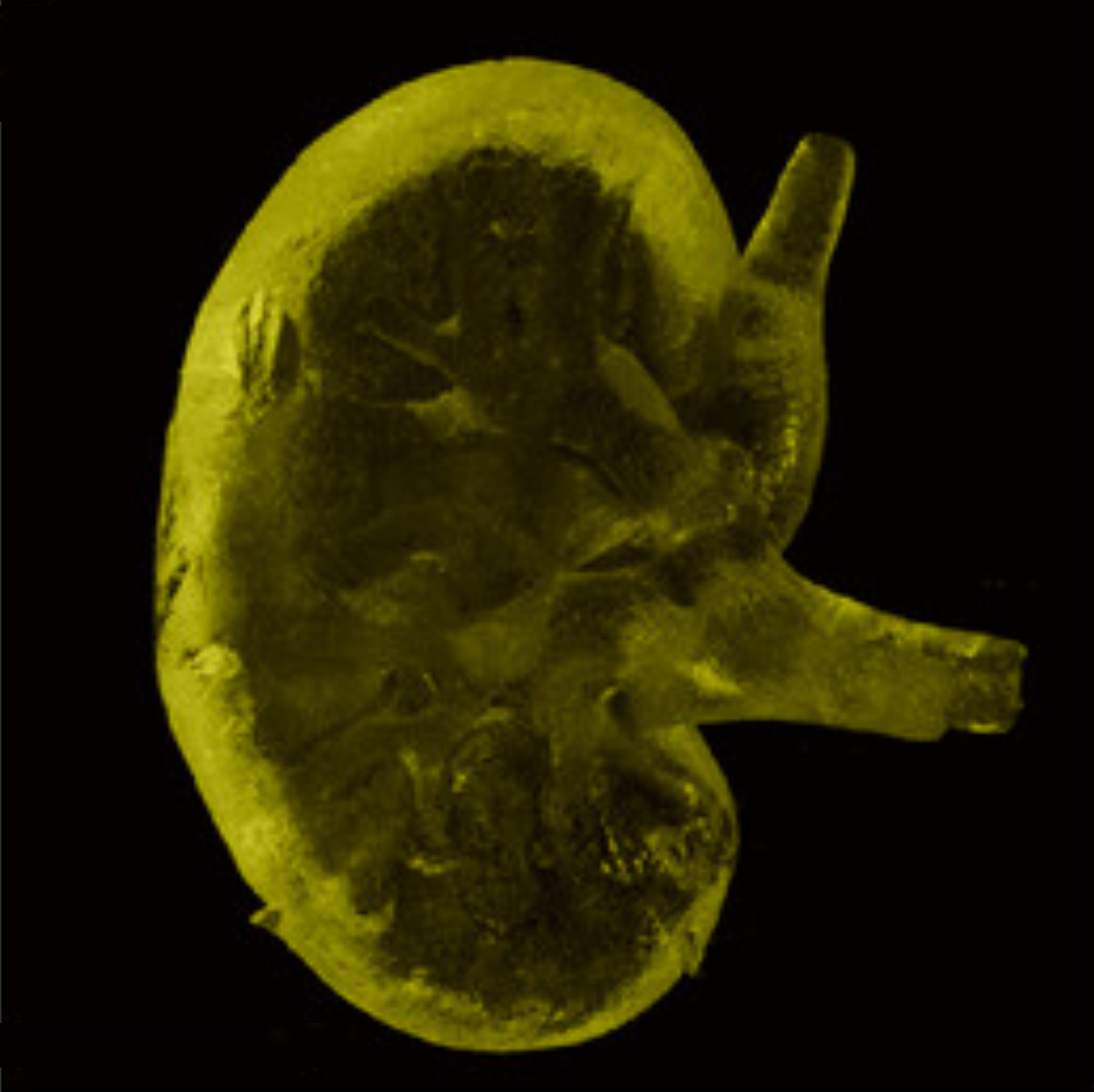Bowhead whales may hold key to humans living for centuries
Bowhead whales stay healthy for 200 years by repairing DNA with rare precision, revealing clues to cancer resistance and aging.

 Edited By: Joseph Shavit
Edited By: Joseph Shavit

Bowhead whales can live more than 200 years with little cancer. (CREDIT: Kate Stafford / Bering Land Bridge National Preserve)
A body that weighs as much as a small airplane should face steep odds against cancer. You may expect that from a creature packed with billions of cells, each with a chance to slip into danger as years pass.
Yet the bowhead whale, which can live more than two centuries, seems to beat those odds with ease. Its quiet resilience invites you to think about how living things protect themselves from the slow, steady damage that builds in their DNA. It also raises a hopeful question. If a huge Arctic whale can stay healthy for 200 years, what secrets in its cells might help you one day?
A different path through Peto’s paradox
Scientists often refer to a puzzle called Peto’s paradox. Big creatures with long lives should get more cancer than small ones, but they do not. Elephants solved it by expanding copies of genes that stop tumors. They tend to eliminate damaged cells quickly, a tactic that sacrifices some cells to protect the whole body.
Bowhead whales follow a different path. Their cells do not depend on extra tumor barriers. When researchers tested how many genetic “hits” it took to push whale cells toward cancer, they needed fewer steps than human cells, not more.
The whale’s strength comes from its ability to keep its DNA clean and stable across many decades. Instead of clearing cells that show harm, bowhead whales repair the harm with unusual care. That choice helps preserve tissues through a lifetime far longer than anything you or I will ever experience.
A remarkable calm inside the genome
When scientists stressed whale cells with chemicals or radiation, they found striking results. Bowhead cells picked up far fewer mutations than mouse or human cells. They showed fewer small insertions and deletions, along with far fewer large-scale genetic errors. Even markers of instability, such as micronuclei, stayed low. The genome seemed to hold itself together even when pushed to the limit.
Two major DNA repair paths work together inside cells. One is a precise system called homologous recombination. The other is a quicker process called non-homologous end joining. Whale cells excelled at both. They patched breaks faster, and the repairs came out cleaner than repairs in mice, cows or humans. Even when scientists introduced cuts using CRISPR, whale cells fixed the breaks with fewer leftover mistakes.
You may picture DNA breaks as frayed threads that can lead to chaos if left loose. These whales weave the threads back together before trouble begins, and they do it with an accuracy that stays strong over many decades.
CIRBP, the quiet guardian
Among the many genes the team studied, one protein stood out. CIRBP, a cold-responsive RNA-binding protein, showed enormous increases in whale tissues. Other mammals barely produced it. Even close relatives showed modest levels compared to the bowhead.
CIRBP acts like an emergency coordinator. It senses dangerous breaks, gathers the right players, and stabilizes the broken ends. It guards DNA while repair enzymes get to work. When CIRBP levels were reduced in bowhead cells, repairs slowed and accuracy slipped. When CIRBP was placed into human cells, repairs improved, and cancer-like changes occurred more slowly. Even fruit flies lived longer and handled radiation better when they carried the whale version of the protein.
That wide reach suggests CIRBP does not just help whales. It may hold lessons for you too.
Life in the cold shapes biology
Bowhead whales drift through Arctic seas, and their core temperature stays near 93 degrees Fahrenheit. That cooler body matches earlier work showing that cold can lift CIRBP levels in human cells. Cold helps trigger a stronger response to DNA breaks. The connection does not mean cold baths will make people live longer, but it does hint at the deep biological effect of temperature on repair pathways.
The whales’ steady world of ice likely shaped their biology over long stretches of evolution. High CIRBP levels may be one reason their cells stay calm and controlled. Instead of racing to replace cells or wipe out damaged ones, their bodies focus on fixing what breaks.
What long life teaches you about change
A cross-species analysis has shown a trend across mammals. Species with long lives gather fewer new mutations each year. Their bodies invest in stability. Bowhead whales fit that pattern. Their emphasis on repair keeps DNA from accumulating the slow damage that leads to cancer, inflammation, and decline. That strategy allows them to age gracefully, with tissues that remain intact for century after century.
The study’s senior author, University of Rochester Medical Center’s Vera Gorbunova, said, “What we found is that maybe part of the mechanism is through very accurate and efficient repair of DNA breaks.” Her words echo a larger idea. If you keep your genome steady, you may slow the changes that push cells toward disease.
Still, any attempt to boost repair in humans will have to move carefully. Your body relies on balance. Repair too little and damage builds. Repair too much or in the wrong context and cells may divide when they should not. Researchers know that any drug must first show safety in animals before it comes near human trials.
A future shaped by cleaner genomes
This research offers a new way to think about aging, not as a single path toward decline, but as a system that can be guided with care. The bowhead whale shows that strong DNA repair is possible in a large, complex creature. It also shows that boosting repair does not have to bring harm. Its cells prove it can work safely over centuries.
You may never swim in Arctic waters or live for 200 years, but lessons from this whale may shape future medicine. By learning how to keep DNA whole, researchers hope to design treatments that guard the genome at its most vulnerable points.
Research findings are available online in the journal Nature.
Related Stories
- Greenland sharks may hold key to humans living for centuries
- Whales can live substantially longer than humans
- Wild killer whales spotted sharing their food with humans in multiple acts of kindness
Like these kind of feel good stories? Get The Brighter Side of News' newsletter.
Mac Oliveau
Science & Technology Writer
Mac Oliveau is a Los Angeles–based science and technology journalist for The Brighter Side of News, an online publication focused on uplifting, transformative stories from around the globe. Passionate about spotlighting groundbreaking discoveries and innovations, Mac covers a broad spectrum of topics—from medical breakthroughs and artificial intelligence to green tech and archeology. With a talent for making complex science clear and compelling, they connect readers to the advancements shaping a brighter, more hopeful future.



